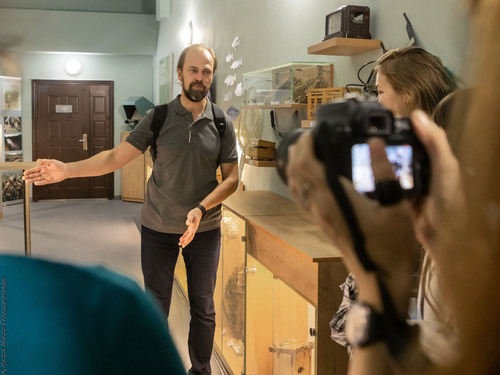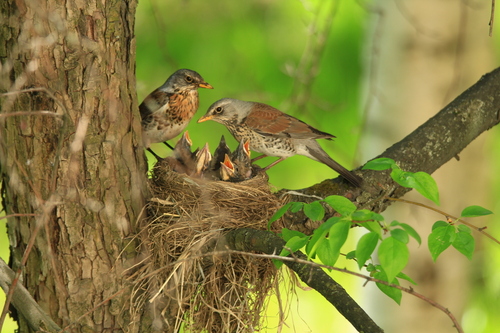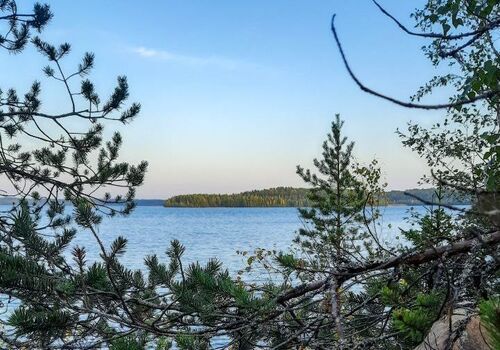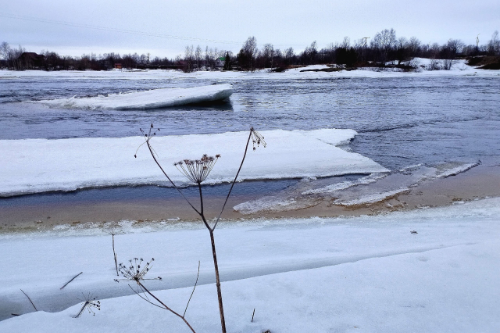Over the past half century, ornithologists in Karelia have amassed an extensive array data from surveys. For example, archives store the results of many years of observations at the research station in the Ladoga area. Information on spring migrations of birds has been collected. A great many geese, ducks and waders stop over to rest and forage in the Olonetsky District. Counts of passerines have also been conducted, but this information had not yet been presented in full in any source.
The possibility to work with long-term observational data is given by a new project supported by a grant from the Russian Science Foundation.
– The bird fauna is currently undergoing significant and multidirectional changes caused, i.a., by climate change and land use, including farming and forestry. It would be possible to assess these changes if we had access to data from previous years in electronic form. This is why we have a twofold objective in this project. The first one is to digitize the materials presented in survey log books. The ink in some of them has already begun to fade, and they are increasingly difficult to read. Losing the outputs of our colleagues would be a pity," said Sergey Simonov, Project Leader and Senior Researcher at the Zoology Laboratory of the Institute of Biology KarRC RAS.

Sergey Simonov guiding an excursion at the Museum of Applied Environmental Research KarRC RAS
It is necessary to scan the old databases from paper and compile them into computer databases. This will be followed by their unification - transforming them to fit in a unified system. Using modern methods, specialists will integrate the information obtained at different times by different scientists.
The second project task is to assess the current state of the avifauna of Karelia. Recent data will be compared with indicators from long-term observations and with the findings of foreign studies. There are European programs for studying changes in bird populations in Finland and its neighboring regions. But, as scientists say, these trends cannot be unequivocally applied to birds in Karelia. Our region features extensive conservation areas and areas with temporary logging restrictions, hard-to-reach areas. Besides, the logging practices in the republic are different. By comparing the data, Karelian ornithologists will be able to determine the region-specific patterns of change in the numbers and species composition of birds.
Photos by Maria Matantseva, Igor Gueorgievskii







